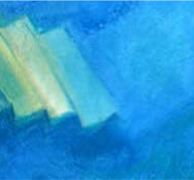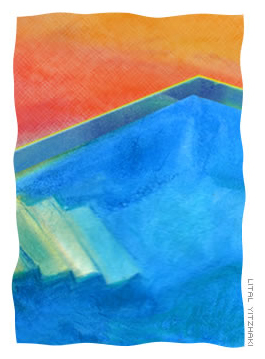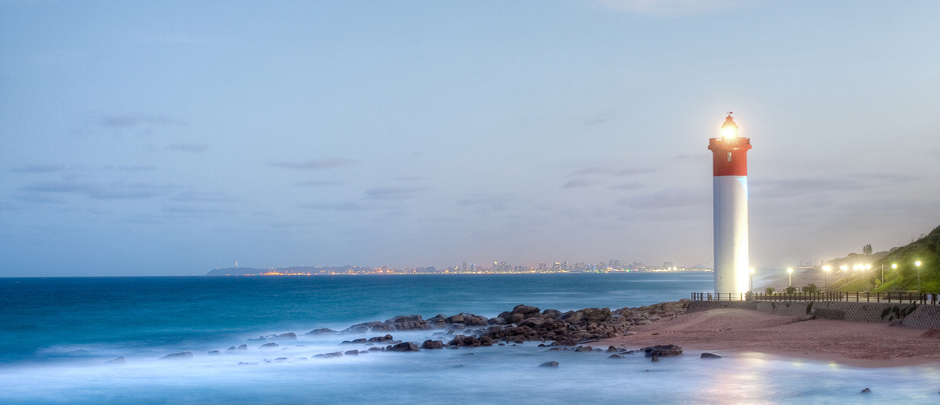About our Modern Mikvah
 Chabad in Umhlanga is in the process of building a Mikvah Complex which will include separate and private men’s and women’s mikvahs and a keilim (utensils) mikvah. This modern facility, will add to our Jewish Lighthouse, for one and all, fully equipped, and open to Jews locally and from around the country and around the world. This lighthouse says come, draw near, feel at home. Anytime.
Chabad in Umhlanga is in the process of building a Mikvah Complex which will include separate and private men’s and women’s mikvahs and a keilim (utensils) mikvah. This modern facility, will add to our Jewish Lighthouse, for one and all, fully equipped, and open to Jews locally and from around the country and around the world. This lighthouse says come, draw near, feel at home. Anytime.
For the Jew searching to take another step on his or her spiritual journey, we offer innovative educational programmes in all areas of Jewish life – for all ages. For those who are looking for a traditional, warm minyan, we have a shul. For one who feels he or she has no Jewish background at all, we are a beacon of light to show that every Jew is a rightful heir to a heritage that is immensely rich with purpose and meaning.
Why Mikvah?
 To the uninitiated, a modern-day mikvah looks like a miniature swimming pool. In a religion rich with detail, beauty, and ornamentation – against the backdrop of the ancient Temple or even modern-day synagogues – the mikvah is surprisingly nondescript, a humble structure.
To the uninitiated, a modern-day mikvah looks like a miniature swimming pool. In a religion rich with detail, beauty, and ornamentation – against the backdrop of the ancient Temple or even modern-day synagogues – the mikvah is surprisingly nondescript, a humble structure.
Its ordinary appearance, however, belies its primary place in Jewish life and law. The mikvah offers the individual, the community, and the nation of Israel the remarkable gift of purity and holiness. No other religious establishment, structure, or rite can affect the Jew in this The world’s natural bodies of water — its oceans, rivers, wells, and spring-fed lakes — are mikvahs in their most primal form way and, indeed, on such an essential level. Its extraordinary power, however, is contingent on its construction in accordance with the numerous and complex specifications as outlined in Halachah, Jewish Law.
The world’s natural bodies of water — its oceans, rivers, wells, and spring-fed lakes — are mikvahs in their most primal form. They contain waters of divine source and thus, tradition teaches, the power to purify. Created even before the earth took shape, these bodies of water offer a quintessential route to consecration. But they pose difficulties as well. These waters may be inaccessible or dangerous, not to mention the problems of inclement weather and lack of privacy. Jewish life therefore necessitates the construction of mikvahs (“pools”), and indeed this has been done by Jews in every age and circumstance.
Briefly: A mikvah must be built into the ground or built as an essential part of a building. Portable receptacles, such as bathtubs, whirlpools, or Jacuzzis, can therefore never function as mikvahs. The mikvah must contain a minimum of two hundred gallons of rainwater that was gathered and siphoned into the mikvah pool in accordance with a highly specific set of regulations. In extreme cases where the acquisition of rainwater is impossible, ice or snow originating from a natural source may be used to fill the mikvah. As with the rainwater, an intricate set of laws surrounds its transport and handling.
The casual observer will often see only one pool — the one used for immersion. In reality, most mikvahs are comprised of two, sometimes three, adjoining pools. While the accumulated rainwater is kept in one pool, the adjacent immersion pool is drained and refilled regularly with tap water. The pools share a common wall that has a hole at least two inches in diameter. The free flow, or “kissing,” of waters between the two pools makes the waters of the immersion pool an extension of the natural rainwater, thus conferring upon the immersion pool the Halachah stipulates that one must be scrupulously clean before immersing legal status of a mikvah. (The above description is one of two methods sanctioned by Halachah to achieve this goal.) Modern-day mikvah pools are equipped with filtration and water-purification systems. The mikvah waters are commonly chest high and kept at a comfortable temperature. Access to the pool is achieved via stairs. (Mikvahs accessible to the handicapped or infirm are equipped with lifts.)
The mikvah as an institution is the victim of a popular misconception. Immersion in water is naturally associated with cleansing. To further complicate the issue, Jews historically were often barred by the authorities from using rivers in their cities for bathing. In response they built bathhouses, many with mikvahs in or near them. Together, these factors forged an inextricable link between the idea of mikvah and physical hygiene. But the mikvah never was a monthly substitute for a bath or shower. In fact, the Halachah stipulates that one must be scrupulously clean before immersing. To facilitate this requirement, preparation areas — with baths and showers, shampoos, soaps, and other cleansing and beauty aids — are a staple of the modern mikvah.
Until a relatively short time ago, most mikvahs could best be described as utilitarian: function, not comfort, dictated their style. A new awareness among modern Jewish women, the rabbinate, and community leaders over the last few decades has sparked a new trend in mikvah construction. Beautiful, even lavish, mikvahs — complete with elegant foyers and waiting rooms, fully equipped preparation areas, and well-designed mikvah pools — are being built across this country and around the world. Some mikvahs rival luxurious European spas and offer patrons more amenities than they could enjoy at home.
In communities with large populations of mikvah users, the building may house as many as twenty or thirty preparation areas and two to four immersion pools. In these facilities, an intercom system linking each of the rooms to a central desk and an attendant ensures the privacy of the many mikvah users. Some of the larger mikvah buildings include conference rooms used for tours and educational programming.
Today it is not just a Jewish metropolis that can boast a mikvah. In remote, even exotic, locations- Anchorage, Alaska, and Bogota, Colombia; Yerres, France, and Ladispoli, Italy; Agadir, Morocco, and Asuncion in Paraguay; Lima, Peru, and Cape Town, South Africa; Bangkok, Thailand, and Zarzis, Tunisia; and almost every city in the C.I.S. (former Soviet Union) — there are kosher and comfortable mikvahs and rabbis and rebbetzins willing and able to assist any woman in their use. In many communities a tour of the mikvah is available on request. Upon arrival in a new city or when traveling, information about mikvahs in the region can be obtained by phoning the local mikvah office, the Orthodox synagogue, or the Chabad House.











